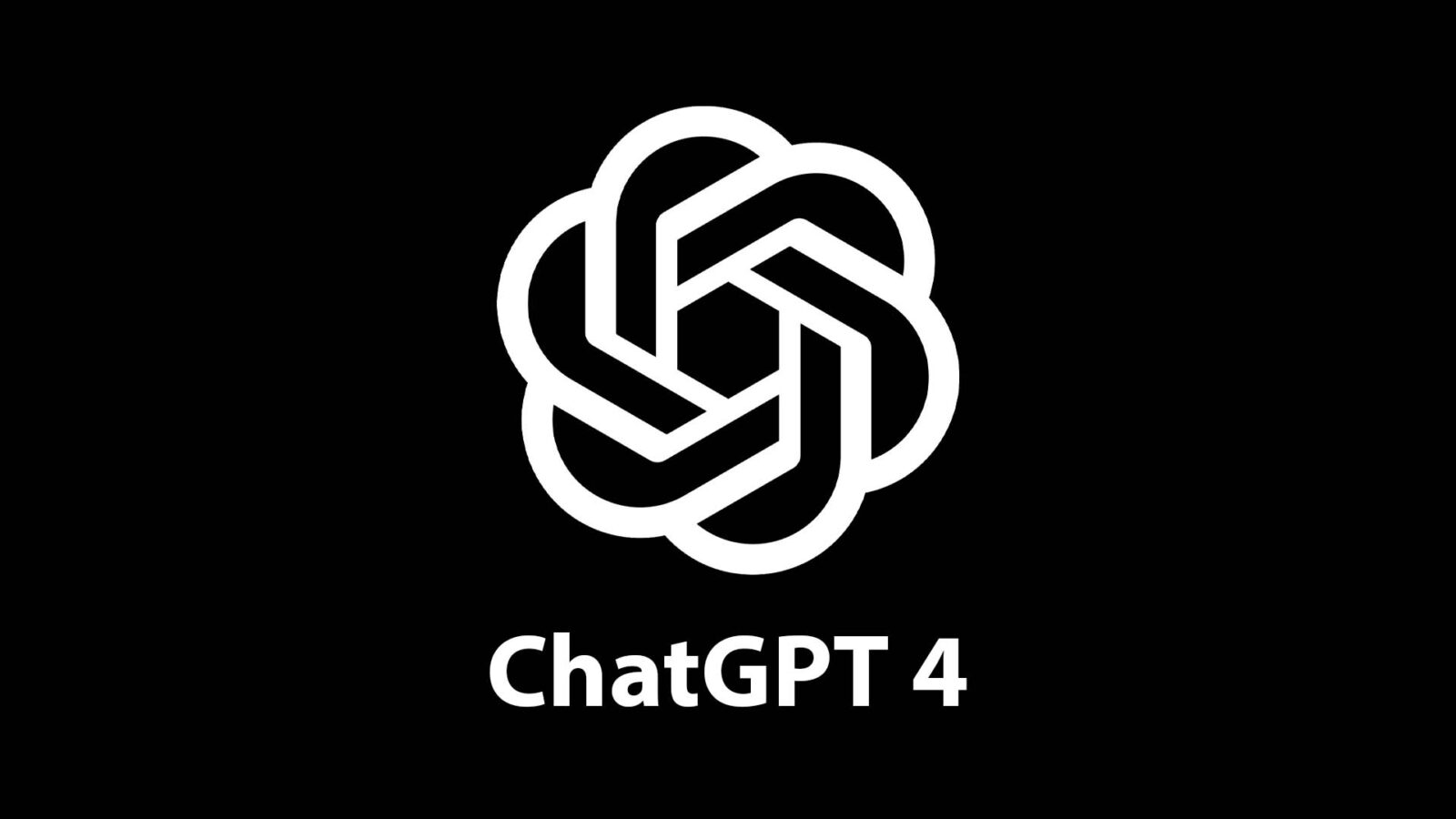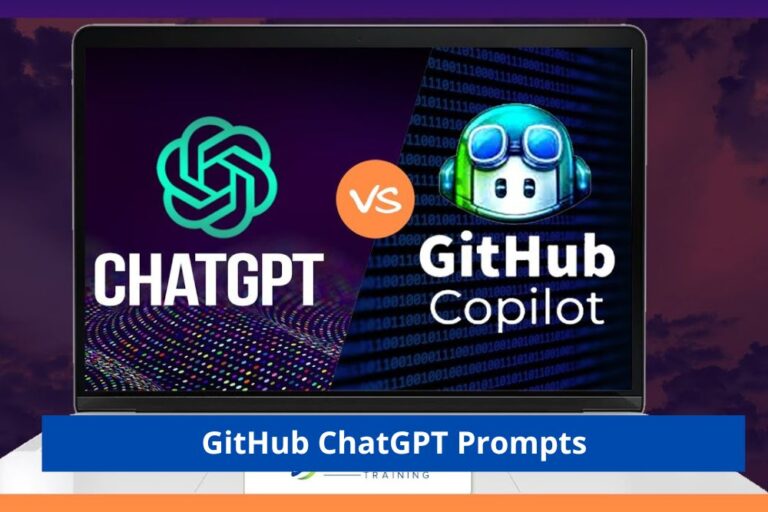ChatGPT4 Explained – Next-Gen AI Language Model
Artificial Intelligence (AI) has been making leaps and bounds in recent years, and one of the most exciting developments is the evolution of AI conversational models. ChatGPT-4, the latest iteration of OpenAI’s ChatGPT series, has taken the world by storm. In this article, we’ll delve into what ChatGPT-4 is, how it differs from its predecessors, its applications, and the technology behind this remarkable advancement in AI.
The Evolution of AI Conversational Models
To understand ChatGPT-4 fully, it’s essential to trace the evolution of AI conversational models. From early chatbots with limited capabilities to the sophisticated AI language models we have today, there has been a remarkable journey of progress.
Understanding ChatGPT-4
ChatGPT-4 is the fourth generation of the ChatGPT series, developed by OpenAI. It represents a significant leap in natural language understanding and generation. It’s designed to engage in human-like conversations, making it a versatile tool for various applications.
How ChatGPT-4 Differs from Its Predecessors
ChatGPT-4 builds upon the strengths of its predecessors, addressing their limitations. It offers improved contextual understanding, can generate longer and more coherent responses, and has a reduced tendency to produce incorrect or nonsensical information.
Applications of ChatGPT-4
ChatGPT-4 has a wide range of applications, including:
- Customer Support: Chatbots powered by ChatGPT-4 can provide efficient and helpful customer support around the clock.
- Content Generation: It can assist content creators in generating high-quality articles, blog posts, and marketing content.
- Language Translation: ChatGPT-4 can translate languages with impressive accuracy, bridging language barriers.
- Educational Assistance: It can serve as a personalized tutor, answering questions and explaining complex topics.
The Technology Behind ChatGPT-4
ChatGPT-4 is built on a deep neural network architecture, trained on vast amounts of text data. It uses a combination of techniques, including transformer architectures and reinforcement learning, to improve its language understanding and generation capabilities.
Benefits and Challenges
While ChatGPT-4 offers numerous benefits, such as increased efficiency and productivity, it also comes with challenges. These include concerns about data privacy, potential biases in responses, and the need for ongoing human oversight.
ChatGPT-4 in Industry
Many industries are integrating ChatGPT-4 into their operations. It’s being used in e-commerce for chat-based shopping assistance, in healthcare for patient support, and in finance for customer inquiries and financial advice.
Security and Ethical Considerations
As AI models like ChatGPT-4 become more prevalent, it’s essential to address security and ethical considerations. Ensuring the responsible use of AI and safeguarding against misuse is paramount.
The Future of AI Chatbots
The future of AI chatbots, led by models like ChatGPT-4, looks promising. Continued advancements in AI research and ethical development will shape how these models are integrated into our daily lives.
Conclusion
ChatGPT-4 represents a significant milestone in the world of AI conversational models. Its ability to understand and generate human-like text opens up a myriad of possibilities across various industries. However, it also raises important questions about ethics and security that must be addressed as AI continues to evolve.
FAQs
- How is ChatGPT-4 different from previous ChatGPT versions?
- ChatGPT-4 offers improved contextual understanding, generates more coherent responses, and has reduced issues with incorrect information compared to its predecessors.
- What are the potential applications of ChatGPT-4?
- ChatGPT-4 can be used in customer support, content generation, language translation, educational assistance, and more.
- Is ChatGPT-4 safe and secure to use?
- While ChatGPT-4 offers benefits, it also poses security and ethical considerations. It requires responsible usage and oversight to mitigate risks.
- How does ChatGPT-4 impact the job market?
- ChatGPT-4 can automate certain tasks but may also create new job opportunities in AI development and oversight.
- What’s next for AI chatbots like ChatGPT-4?
- The future involves further advancements in AI research, increased integration in industries, and ongoing ethical development to ensure responsible AI use.






